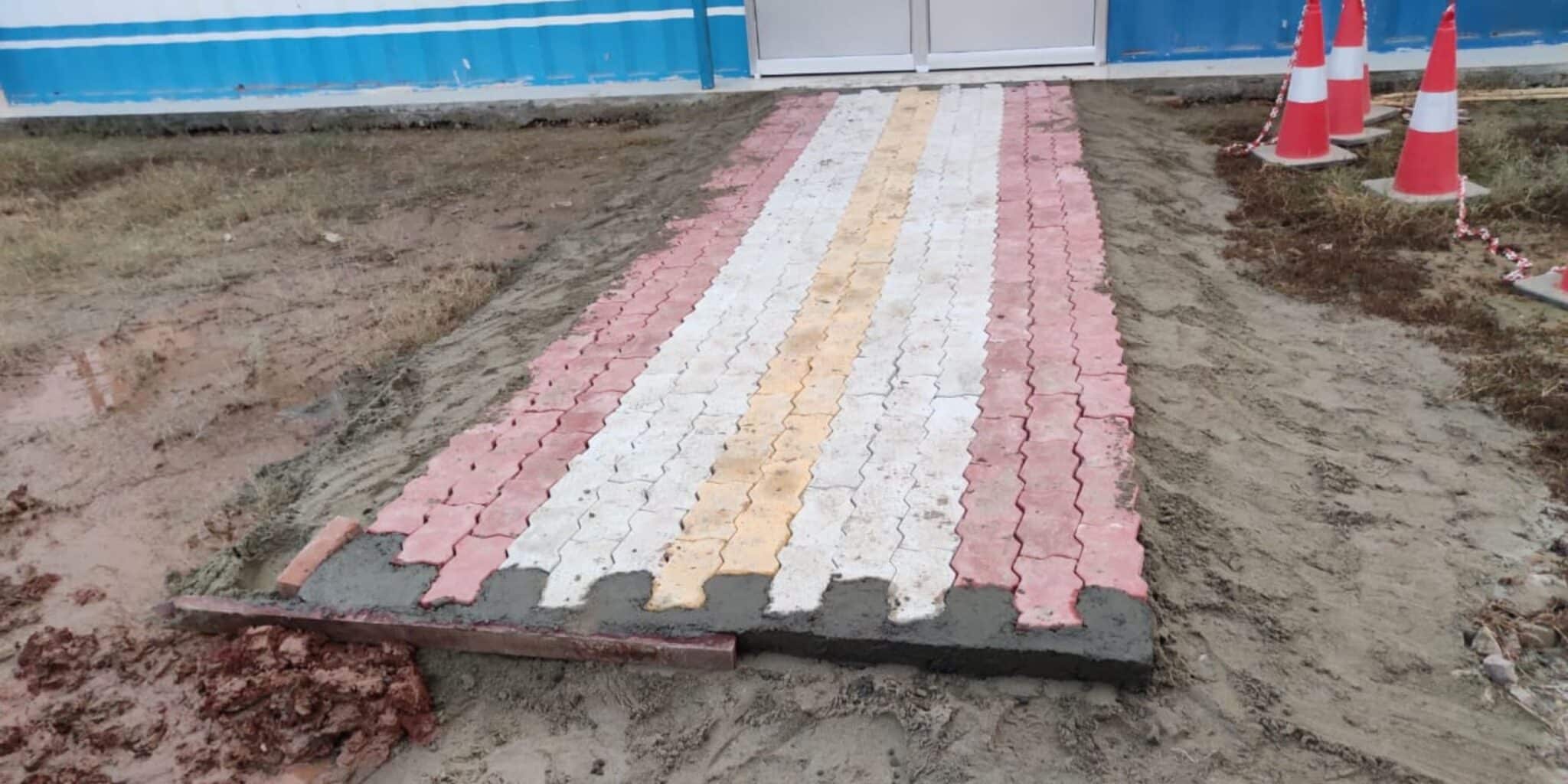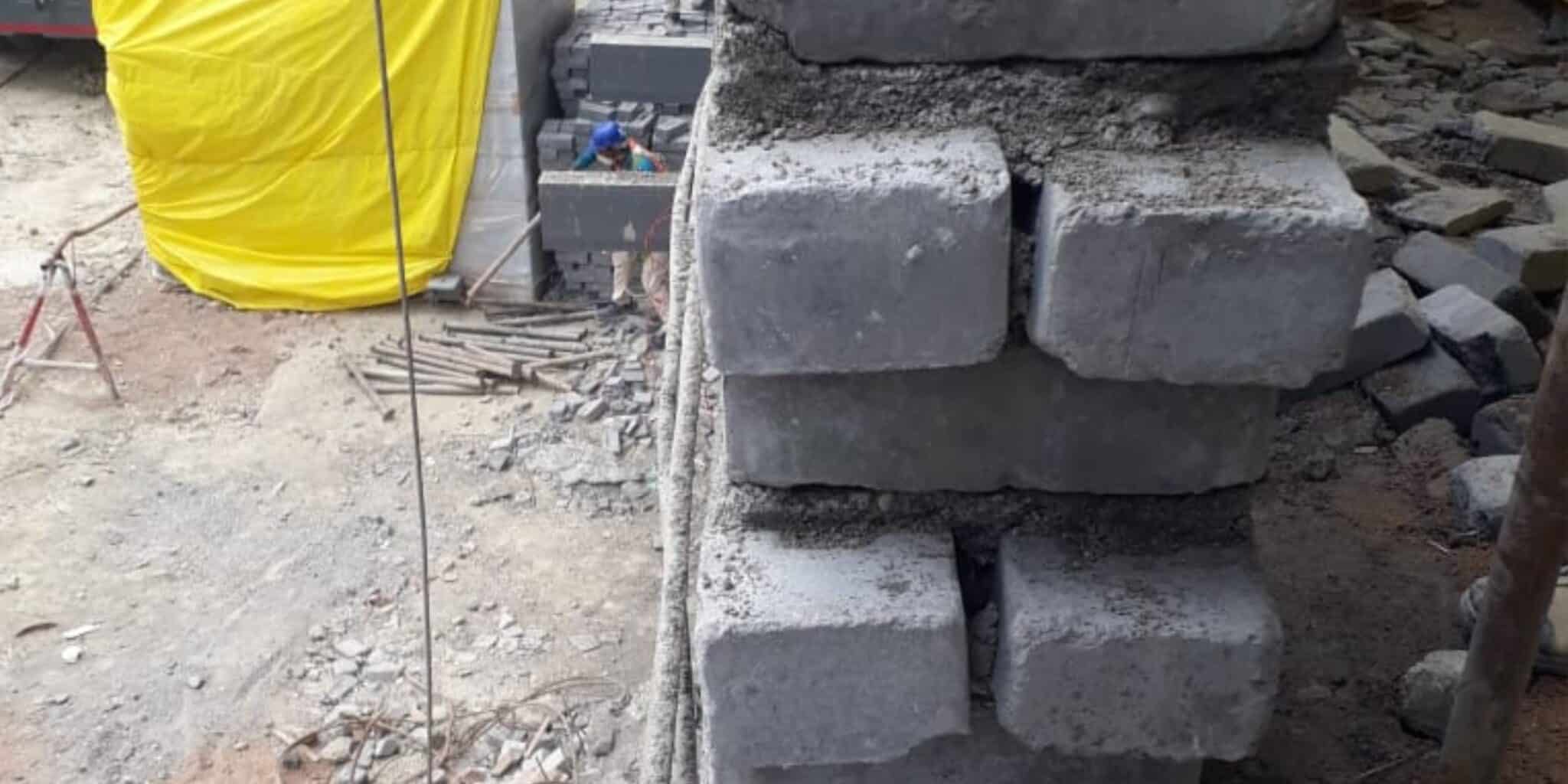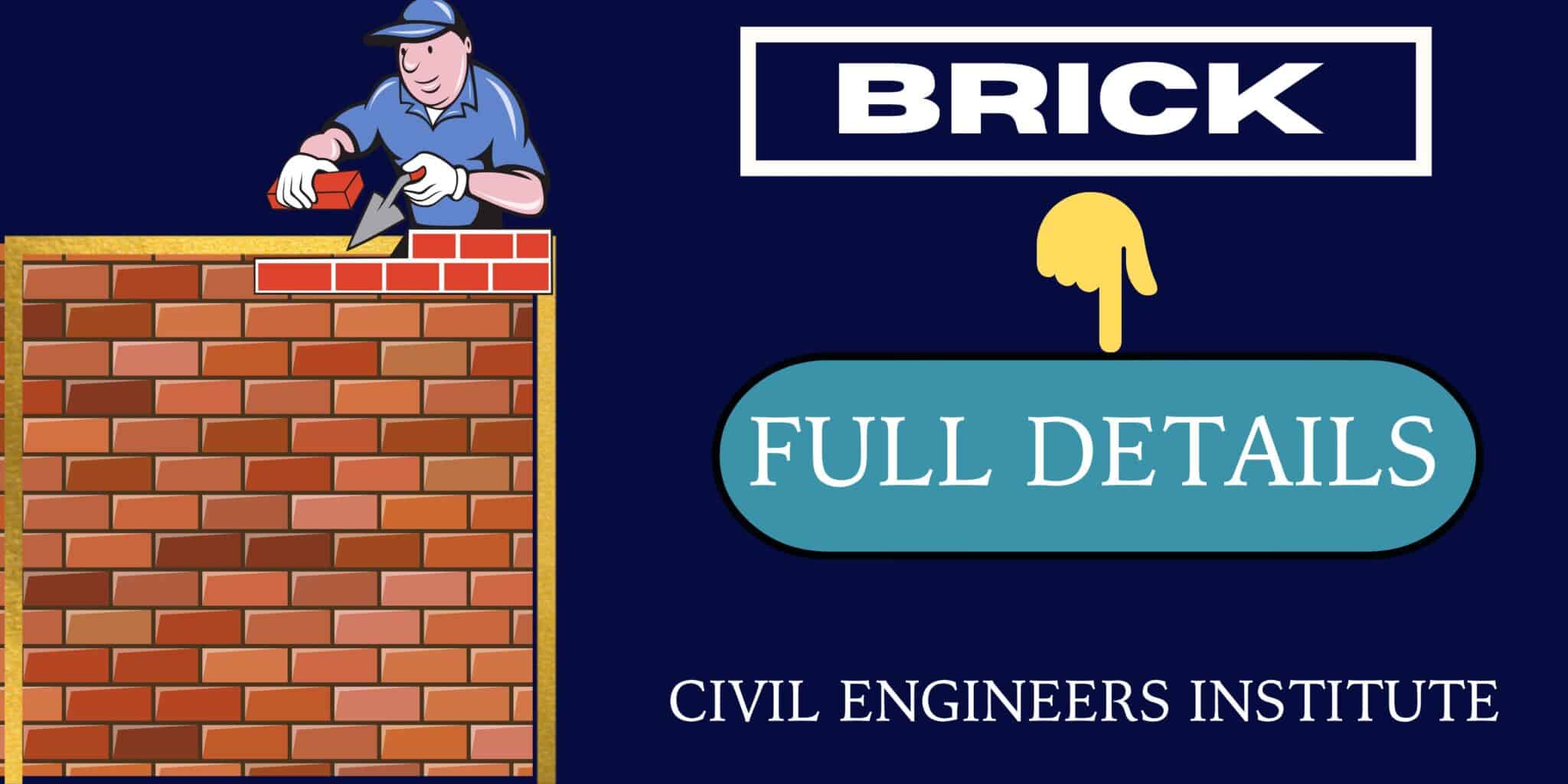Commonly bricks are important materials for construction .different types of bricks are used in construction according to their purpose .bricks are different in size and shape and are used according to the construction element and the places.
some of them are of good quality and some are of low quality. and that’s why before using bricks for construction we used to do some basic tests for their quality.
so now we are going to discuss about it in detail as they are used in construction, what is the importunacy of bricks in construction, their types, and their qualities.

shape and size
Basically, they are made in different sizes and shapes but commonly used bricks should be
- the shape of it should be truly rectangular with sharp edges.
- the standard size of a brick is 19mmx9mmx9mm
so here for 20 bricks the dimension are
Length 368cm to 392cm
Width 174cm to 186cm
Height 174cm to 186cm
The basis of using them may be classified as :
- Building bricks
- Paving
- Fire
- Special
Building bricks: Buildings are those bricks that are used for the construction of walls in a building
Paving bricks: these bricks are vitrified and these are used as pavers.

Fire bricks: basically these types of bricks are specially made to bear the furnace temperature and the silica bricks belong to this fire bricks category
Special bricks: these are basically different from the commonly used building bricks. They are made in different shapes and sizes according to their purpose. some of such are given below.
- Specially shaped
- Facing
- Perforated building
- Burnt clay hollow
- Sewer
- Acid resistance
field test to know the qualities
- Uniformity in size
- Uniformity in color
- Structure
- Hardness
- Sound test
- Strength test
1. Uniformity in size: basically a good one should have a rectangular plane surface and be uniform in size which means it should be in proper shape and size and this type of test can do by observation in the field.
2. uniformity in color: this means a brick should be having uniform color throughout .and before purchasing bricks this observation should do.
3. Structure: at the field, we can see some of them may be broken and their cross-section observed .so the section should be homogeneous, compact, and free from defects such as holes and lumps.
4. Sound test: at the field when two of them are struck by each other then they should produce a clear ringing sound. And the sound should not be dull.
5. Hardness test: for this test, it is normal just hold it in your hand and scratch them with a nail. if there is no impression marked on the surface, they are sufficiently hard.
6. Efflorescence: the presence of alkalis in bricks is not desirable because they formed white powder by absorbing moisture.
Classification of bricks based on their qualities
- First class
- Second class
- Third class
- Fourth class
Now we are going to discuss briefly their classification on the base of qualities.
1. First-class bricks: these types of bricks have standard shapes and sizes. they are burnt in kilns during the process of formation .they can fulfill all desirable properties of bricks.
2. Second class of bricks: these bricks are made in ground molded and also burnt in kilns. And maybe their edges are not sharp and uniform. And maybe the surface is also not properly good so that’s why such bricks are used in the construction of walls which are going to be plastered.
3. Third-class bricks: these types of bricks are made in ground molded and burnt in clamps. and maybe their edges are somewhat distorted. and according to the sound test, they produce dull sounds when they are struck together. Basically, they are used for temporary and unimportant structures.
4. Fourth class bricks: these types of bricks are over burnt. They are dark in color. Their shape and size are totally irregular and they are used as aggregate in the concrete foundation, floors, and roads.

Uses of bricks
- As building blocks
- For the lining of ovens, furnaces, and chimneys
- For protecting the steel column from the fire
- As aggregate in providing waterproofing to RCC roof
- For pavers for footpath and cycle tracks.
- In sewer lines.

Shaping methods
There are three basic methods for shaping the bricks by raw material through burnt
Molded bricks – These bricks start with raw clay, preferably in a mix with 25–30% sand to reduce shrinkage. The clay is first ground and mixed with water to the desired consistency.
The clay is then pressed into steel molds with a hydraulic press. The shaped clay is then fired (“burned”) at 900–1,000 °C (1,650–1,830 °F) to achieve strength.
Dry-pressed bricks – The dry-press method is similar to the soft-mud molded method, but starts with a much thicker clay mix, so it forms more accurate, sharper-edged bricks. The greater force in pressing and the longer burn make this method more expensive.
Extruded bricks – For extruded bricks, the clay is mixed with 10–15% water (stiff extrusion) or 20–25% water (soft extrusion) in a pug mill. This mixture is forced through a die to create a long cable of material of the desired width and depth. This mass is then cut into bricks of the desired length by a wall of wires.
Most structural bricks are made by this method as it produces hard, dense bricks, and suitable dies can produce perforations as well. The introduction of such holes reduces the volume of clay needed, and hence the cost. Hollow bricks are lighter and easier to handle and have different thermal properties from solid bricks.
The cut bricks are hardened by drying for 20 to 40 hours at 50 to 150 °C (120 to 300 °F) before being fired. The heat for drying is often waste heat from the kiln.
Method of manufacturing the bricks:
There are some basic methods for manufacturing the bricks:
Basically, there is a two method
- mudbricks
2. fired bricks
1. mudbricks: basically unfired bricks also called mudbrick it is manufactured with clay and just used to dry till ready for use.
2. fired bricks: fired bricks are burnt in a kiln, use of clay as a raw material
Normally, bricks contain the following ingredients:
Silica (sand) – 50% to 60% by weight
Alumina (clay) – 20% to 30% by weight
Lime – 2 to 5% by weight
Iron oxide – ≤ 7% by weight
Magnesia – less than 1% by weight
